Understanding Adhesive Films
What are Adhesive Films?
Adhesive films are versatile materials that serve a multitude of applications across various industries, characterized by their ability to bond surfaces through pressure or heat activation. Comprising a solid layer of adhesive that is pre-formed onto a carrier film, these products offer seamless integration into composite materials. Extensive usage in sectors such as aerospace, automotive, and electronics demonstrates their essential role in developing advanced technologies. The ingenious engineering behind adhesive films allows for clean and consistent bonding, which is critical for performance and durability.
By employing adhesives in film form, manufacturers can efficiently manage adhesion characteristics while minimizing mess and waste typically associated with traditional adhesives. This makes them an invaluable component in modern manufacturing settings where precision and reliability are paramount. When searching for advanced bonding solutions, exploring options like https://www.makobond.com/adhesives-films can lead to discoveries of innovative adhesive film products tailored to specific needs.
Types of Adhesive Films and Their Applications
Adhesive films vary significantly in type, each suited for a specific application. Understanding these differences is crucial for selecting the most effective product for your project. The most common types include:
- Thermoplastic Adhesive Films: These films become tacky when heated and solidify upon cooling, making them ideal for high-temperature applications. Industries such as automotive utilize these films for lightweight structures.
- Epoxy Adhesive Films: Known for their exceptional bonding strength and chemical resistance, epoxy films are frequently used in aerospace and defense applications where reliability is critical.
- Polyurethane Adhesive Films: Featuring strong flexibility and abrasion resistance, these films are used across various sectors, including electronics for circuit board assemblies.
- Polyester Adhesive Films: Commonly employed in graphics and label applications, these films are valued for their durability and weather resistance.
Different applications may demand specific adhesive film characteristics, such as transparency, resistance to heat, or mechanical stress, further underscoring the need for tailored solutions to achieve optimal results.
Key Benefits of Using Adhesive Films
The use of adhesive films boasts numerous advantages over traditional adhesive methods, enhancing efficiency and performance in manufacturing processes:
- Consistency and Precision: Adhesive films provide uniform application, reducing variability and ensuring a reliable bond every time.
- Ease of Use: Simple application processes with the ability to cut, shape, or position films as needed lead to quicker production times.
- Minimal Waste: Pre-formed layers eliminate excess material waste, contributing to more sustainable practices in manufacturing.
- Enhanced Performance: With superior bonding capabilities, adhesive films improve the durability and lifespan of products.
- Customization: They can be engineered for specific environmental conditions, offering tailored solutions to meet diverse project requirements.
Choosing the Right Adhesive Film
Factors to Consider When Selecting Films
Undoubtedly, selecting the appropriate adhesive film requires careful consideration of several factors. These include:
- Substrate Compatibility: Ensure the film can bond effectively with the materials you are working with, whether metals, composites, or plastics.
- Operating Environment: Evaluate the environmental conditions, such as temperature, humidity, and exposure to chemicals. Films suitable for high heat or moisture must be chosen accordingly.
- Mechanical Properties: Assess the required strength, flexibility, and durability of the bond, as these characteristics can differ significantly among adhesive films.
- Processing Methods: Consider how the films will be activated, whether by heat, pressure, or other means, to ensure compatibility with your manufacturing process.
Performance Metrics for Adhesive Films
Once you’ve identified the factors relevant to your application, it’s essential to evaluate performance metrics to choose a film that meets your expectations. Key metrics include:
- Tensile Strength: Measures the force required to pull a material apart, crucial for understanding how much load a bond can withstand.
- Peel Strength: Indicates how well the adhesive film can resist separation when a force is applied tangentially to the bond surface.
- Shear Strength: Evaluates the film’s performance under sliding forces, which can greatly affect durability.
- Thermal Stability: The range of temperatures at which the adhesive remains effective, ensuring reliability in extreme conditions.
- Chemical Resistance: The ability to withstand exposure to different chemicals without degradation.
Common Manufacturing Challenges
While adhesive films offer numerous benefits, their application is not without challenges. Manufacturers often face issues such as:
- Surface Preparation: Inadequate surface treatment can lead to weak bonds, making thorough surface cleaning and preparation critical steps.
- Temperature Control: Achieving the appropriate activation temperature is important; too high or too low can compromise adhesion.
- Time Constraints: Detailed planning and adequate time for activation and curing phases can prevent rushed jobs that lead to bond failures.
- Material Variability: Differences in substrate characteristics can affect performance; hence, testing is recommended before large-scale application.
Addressing these issues through meticulous planning, quality testing, and process optimization can ensure successful implementations of adhesive films in production environments.
Application Techniques for Adhesive Films
Preparation and Surface Treatment
Proper application of adhesive films begins with effective surface preparation. This involves ensuring that the surfaces are clean, dry, and free from oils, greases, or contaminants. Techniques include:
- Mechanical Cleaning: Using abrasive pads or brushes to remove dirt and residues.
- Chemical Cleaning: Solvents or detergents can be employed to achieve a more thorough cleaning, depending on the surface types.
- Surface Activation: Methods like plasma or corona treatment can enhance surface energy and improve adhesion properties.
Preparing surfaces adequately enhances the effectiveness of bonding and reduces the risk of delamination or failure.
Bonding Methods: Heat vs. Pressure Activation
Adhesive films can be activated through various functions, mainly either heat or pressure. Understanding the differences in these methods can influence the bonding process:
- Heat Activation: Involves applying heat to the adhesive film to make it tacky, ideal for thermoplastic films. These methods often require precise temperature control to avoid damaging the material.
- Pressure Activation: Requires applying sufficient pressure to create a bond at room temperature. This is often used for bonding materials where heat may cause distortion or damage.
Selecting the appropriate activation method depends on the specific requirements of the application and the characteristics of the adhesive film.
Best Practices for Effective Adhesion
Implementing best practices during the bonding process enhances the overall effectiveness of adhesive films. Key recommendations include:
- Test Before Full Application: Conduct adhesion tests on sample materials to ensure compatibility and bond reliability under specific conditions.
- Consistent Conditions: Maintain uniform temperature and pressure throughout the application to achieve optimal results.
- Follow Manufacturer’s Guidelines: Adhere to recommendations for activation temperature, pressure settings, and curing durations to avoid problematic outcomes.
- Ensure Proper Alignment: Accurate positioning of components can prevent stress concentrations on weak points in the bond.
By carefully following these practices, manufacturers can mitigate risks and enhance the performance of adhesive films in their applications.
Industry-Specific Uses of Adhesive Films
Aerospace and Automotive Applications
Adhesive films are increasingly essential in aerospace and automotive industries due to their lightweight properties and strong bond capabilities. In aerospace, these films facilitate the bonding of composite materials in aircraft components, where weight reduction and structural integrity are critical.
Automotive applications leverage adhesive films for assembling lightweight components that require high durability and precision, such as in electric vehicles where joint strength and thermal management are vital. The use of adhesive films not only enhances performance but also contributes to efficiency in manufacturing processes.
Adhesive Films in Electronics Manufacturing
The electronics sector utilizes adhesive films for their bonding applications in assembling circuit boards and electronic devices. They enable robust connections while minimizing the risk of thermal damage to sensitive components. By employing adhesive films, manufacturers can achieve reliable performance in demanding electrical applications while also simplifying their assembly processes.
Using Adhesive Films in Marine Applications
In marine environments, adhesive films are employed to bond various materials, including composites and metals, in boat and ship construction. Their resistance to moisture, corrosion, and UV exposure makes adhesive films particularly suitable for marine applications. Seamless bonding reduces the risk of failure in harsh conditions, ensuring safety and reliability in maritime operations.
Future Trends in Adhesive Film Technology
Advancements in Material Science
Future developments in adhesive film technology will undoubtedly be shaped by advancements in material science. Innovations may lead to the creation of films with enhanced properties such as self-healing capabilities, improved thermal or chemical resistance, and even films tailored for specific applications using nanotechnology. These advancements are expected to unlock new potentials across numerous industries.
Sustainability and Eco-Friendly Options
As the emphasis on sustainability grows, the adhesive industry is likely to shift towards environmentally friendly options. Future adhesive films may utilize bio-based materials and non-toxic compounds that reduce environmental impact without sacrificing performance. This direction will align with global initiatives aimed at building an eco-conscious manufacturing landscape.
Emerging Markets and New Applications
Emerging markets across developing economies could lead to increased demand for adhesive films in sectors such as construction, renewable energy, and healthcare. New applications, such as advanced biocompatible films for medical devices, could revolutionize existing practices and performance standards in those areas. Understanding these trends can better position stakeholders to leverage adhesive films for innovative solutions.
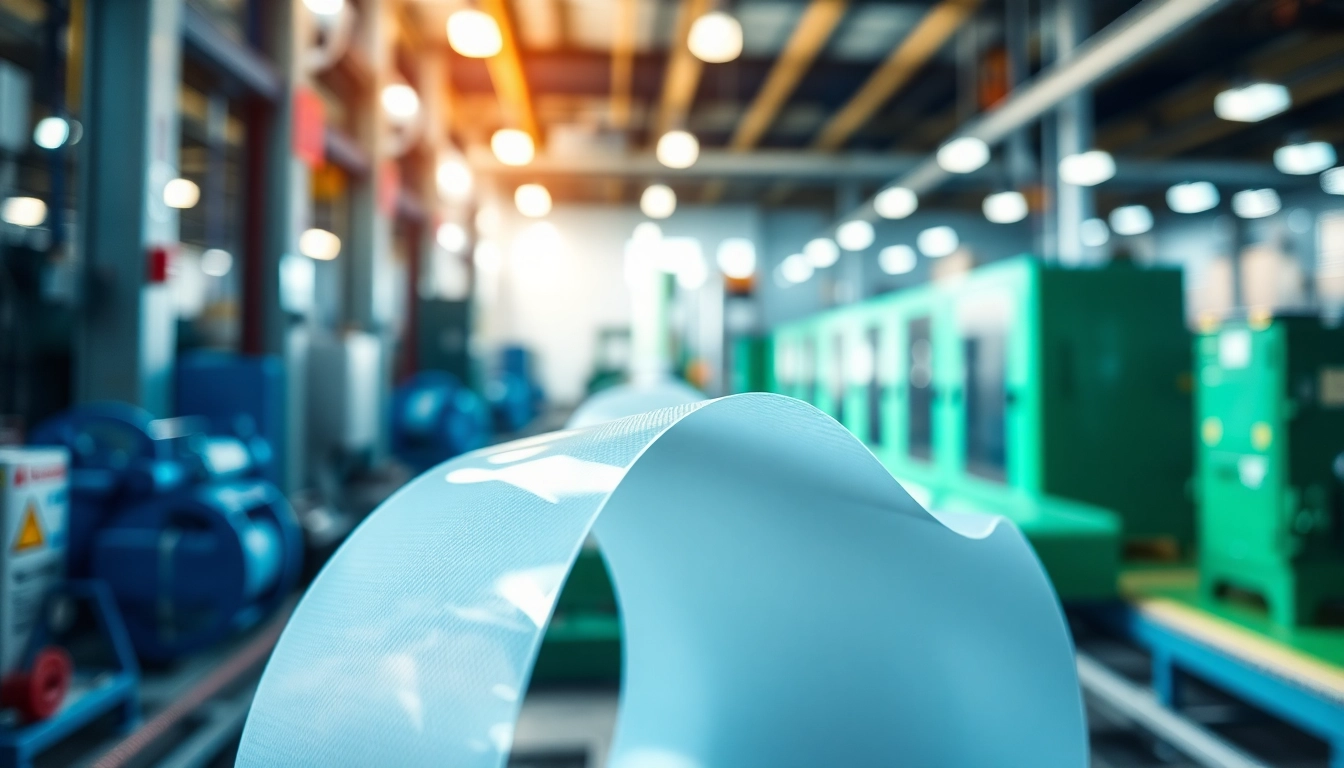
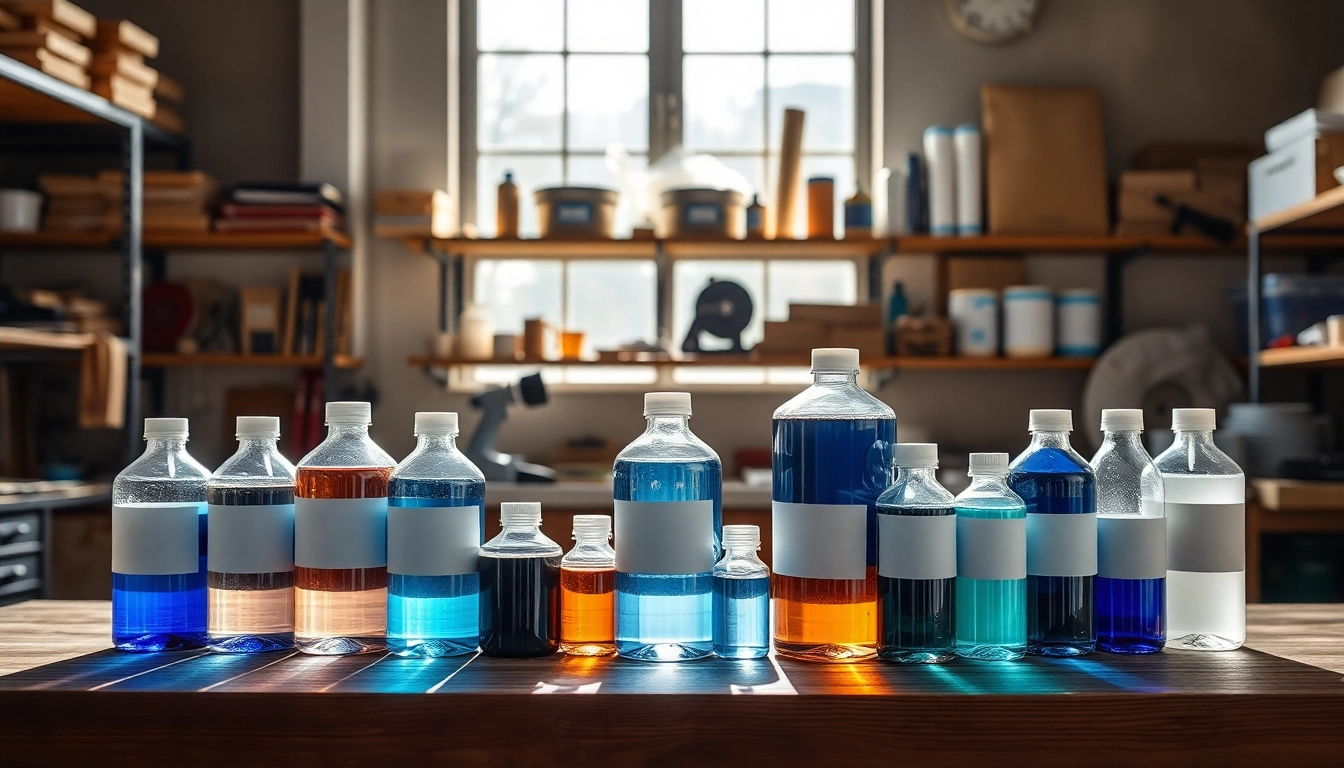

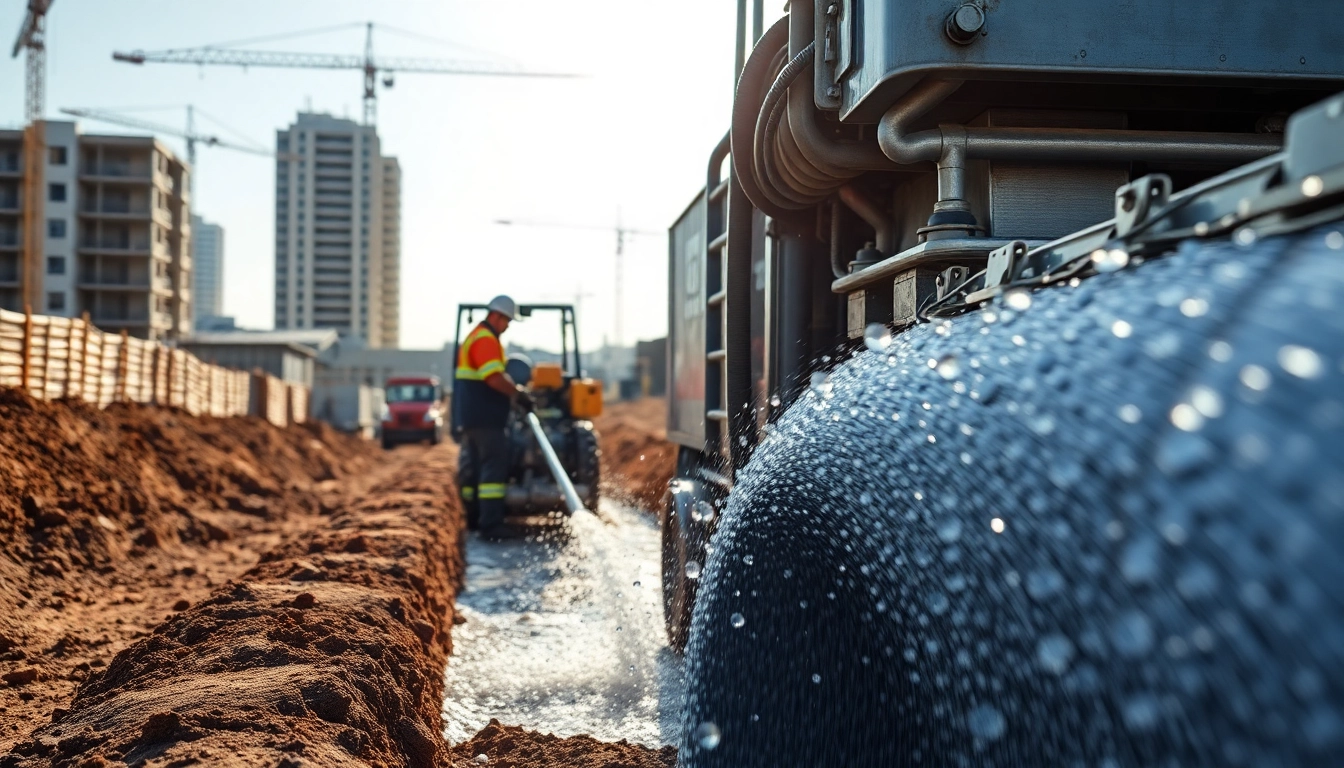

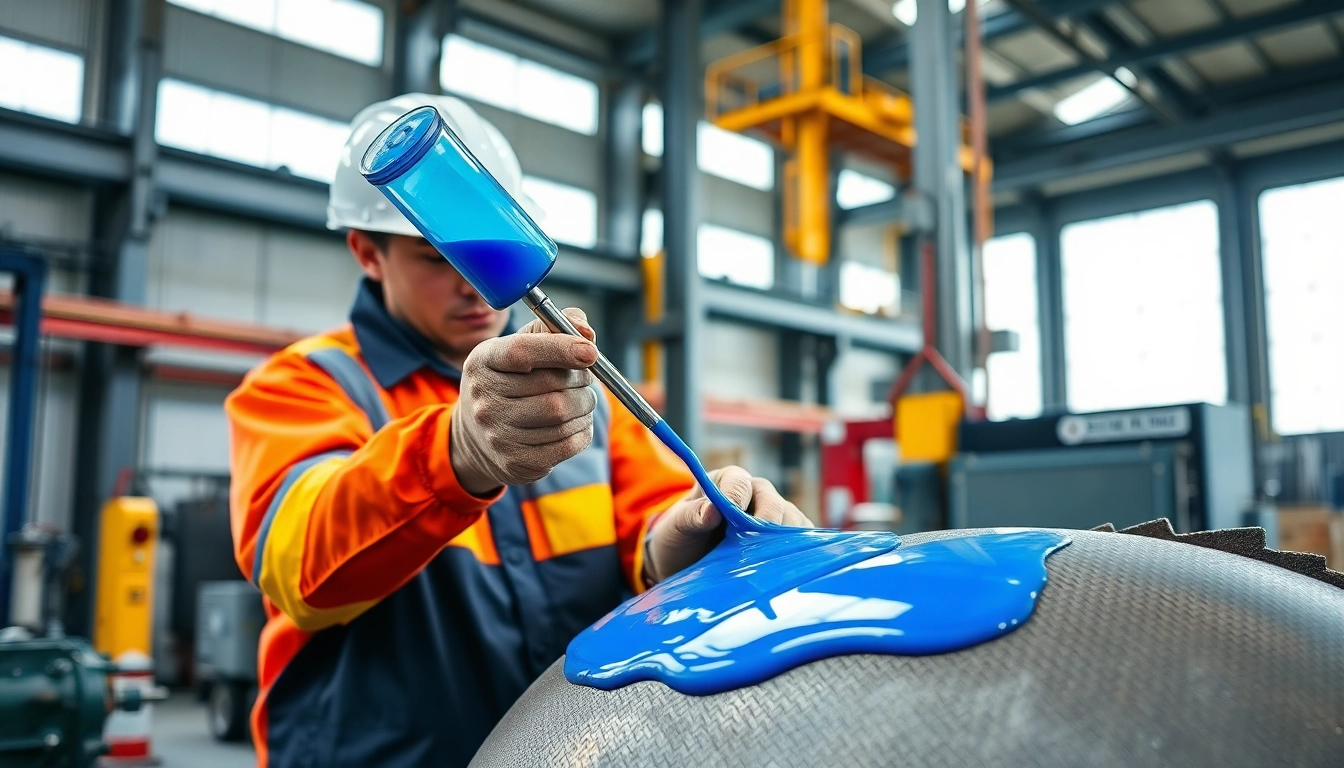


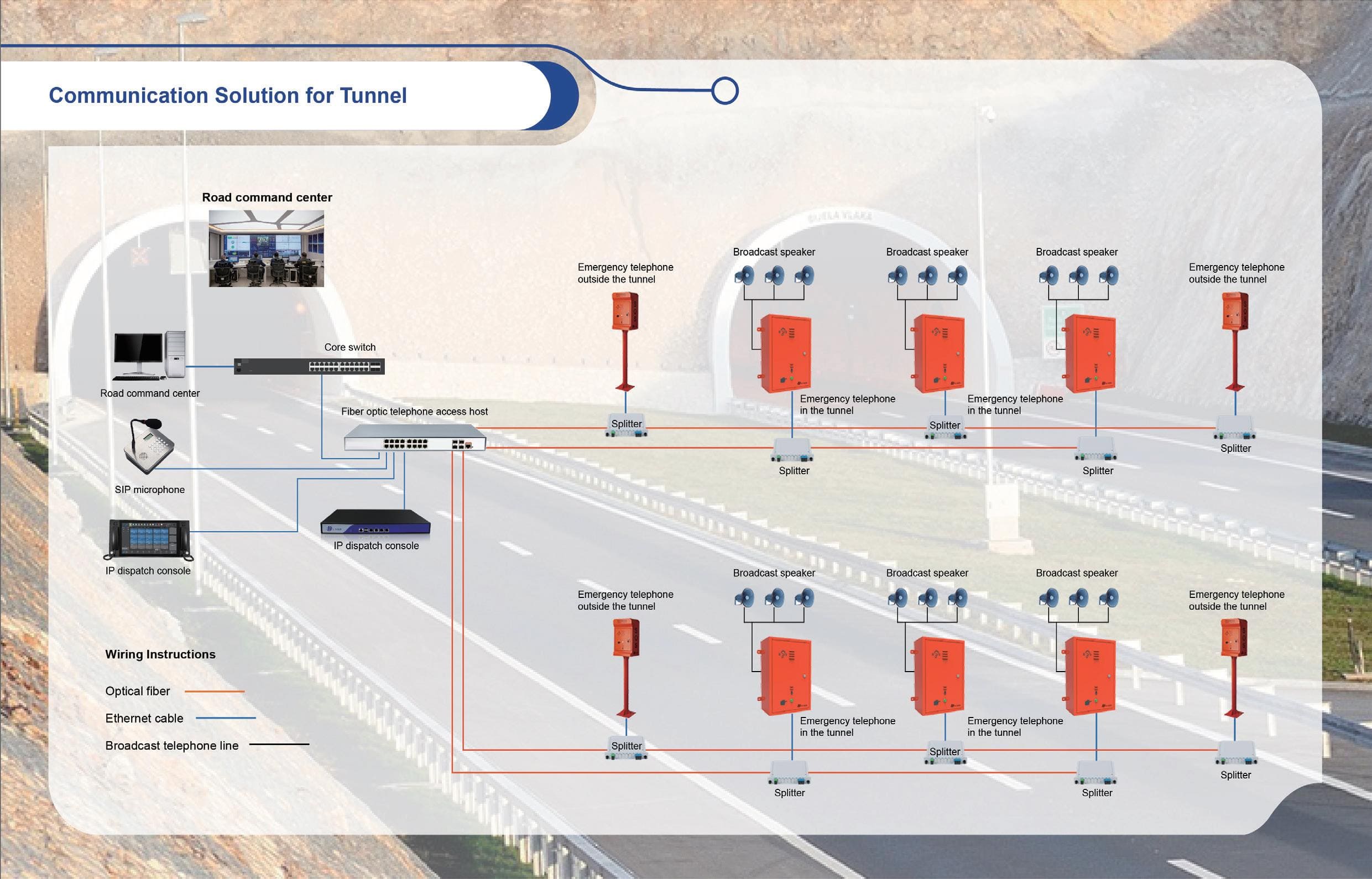

Leave a Reply